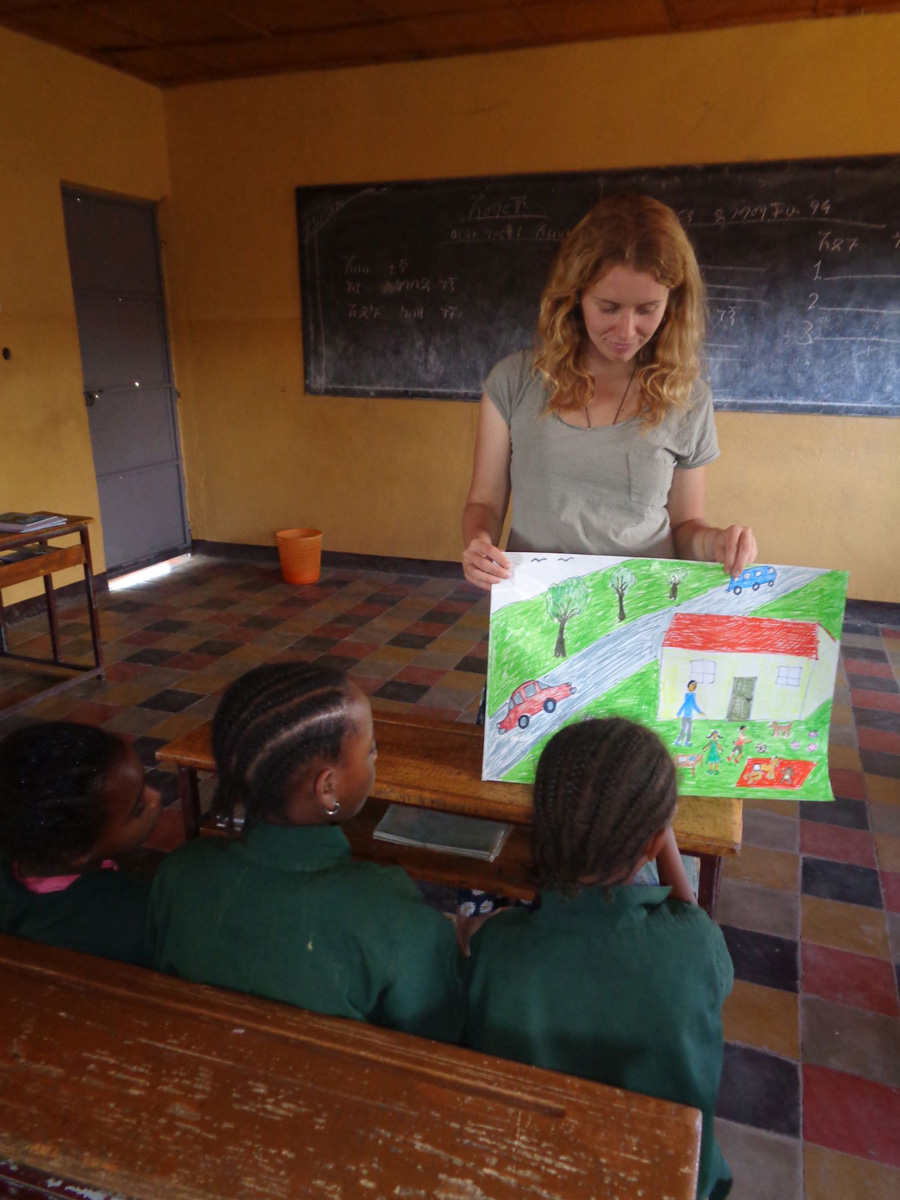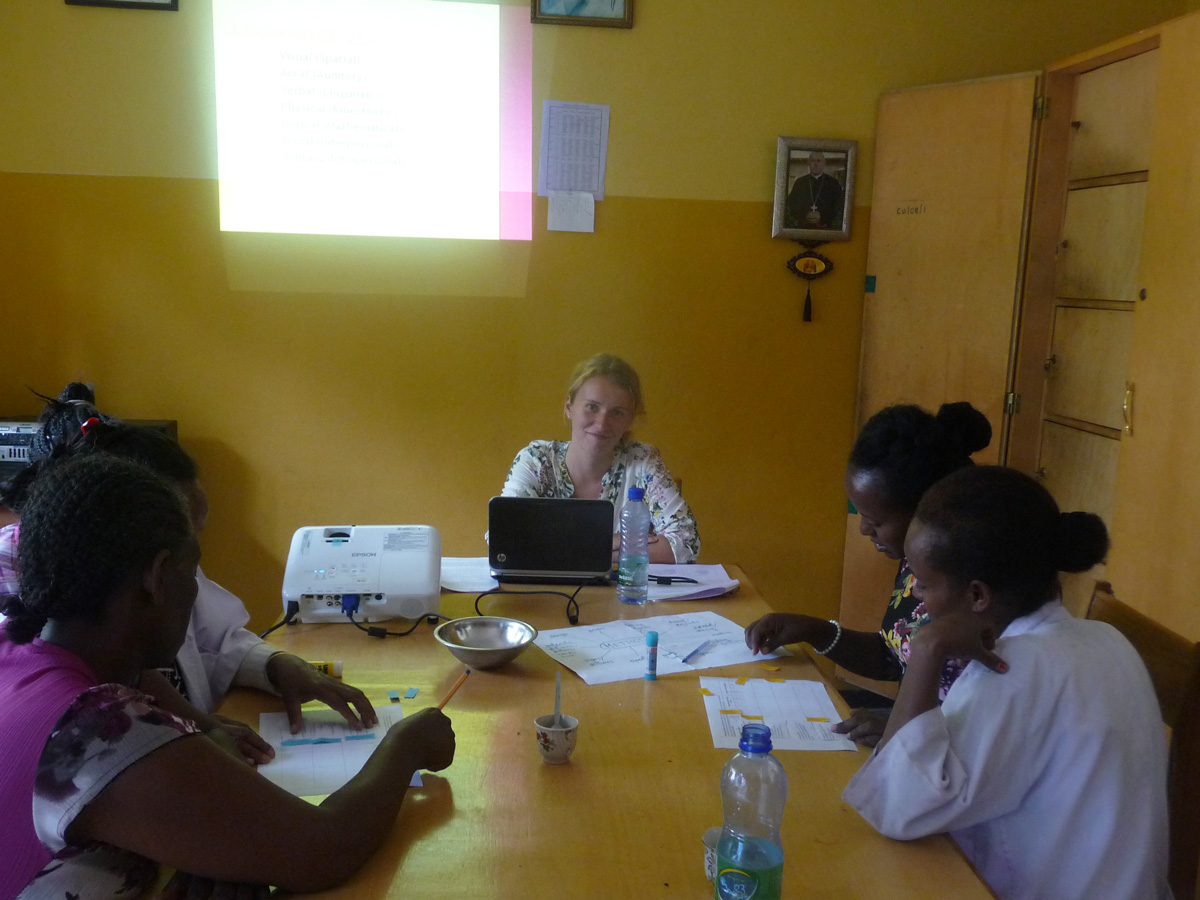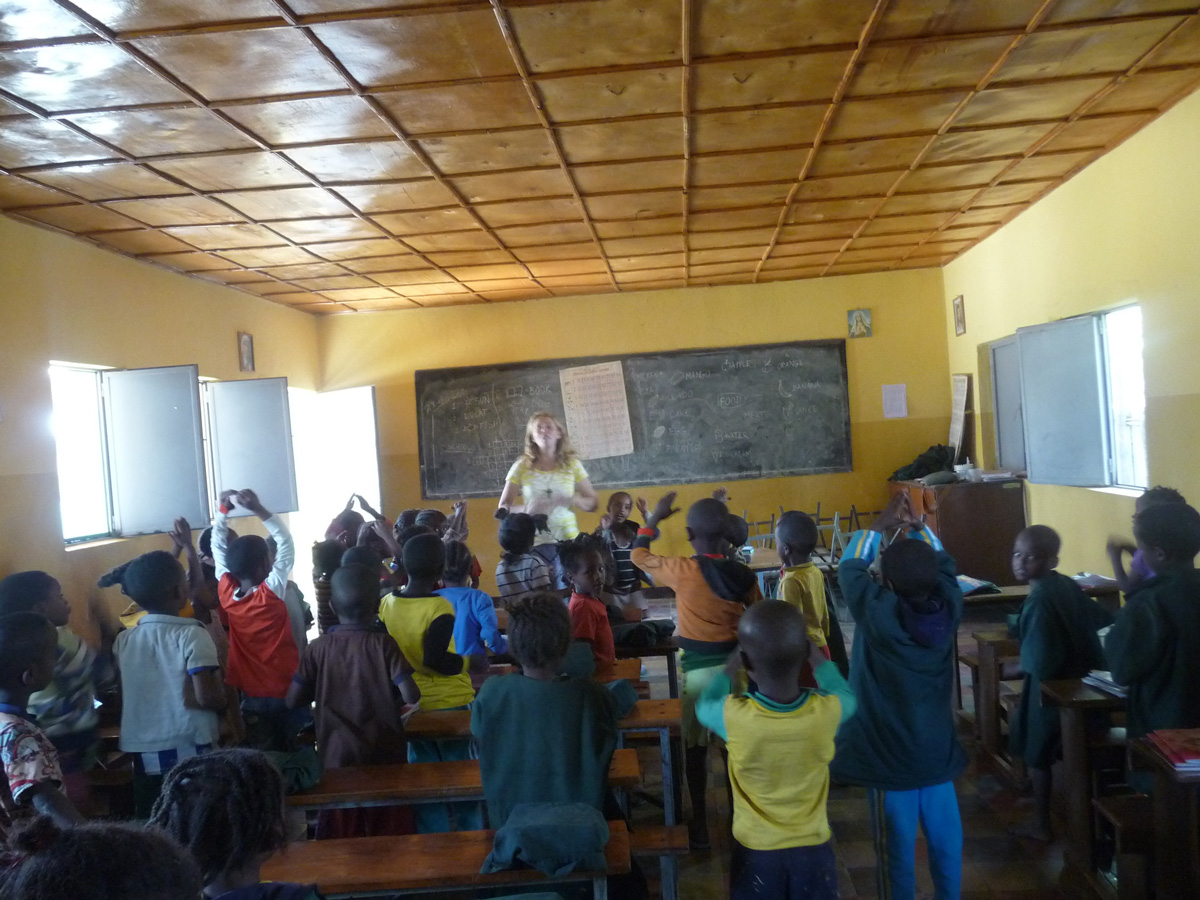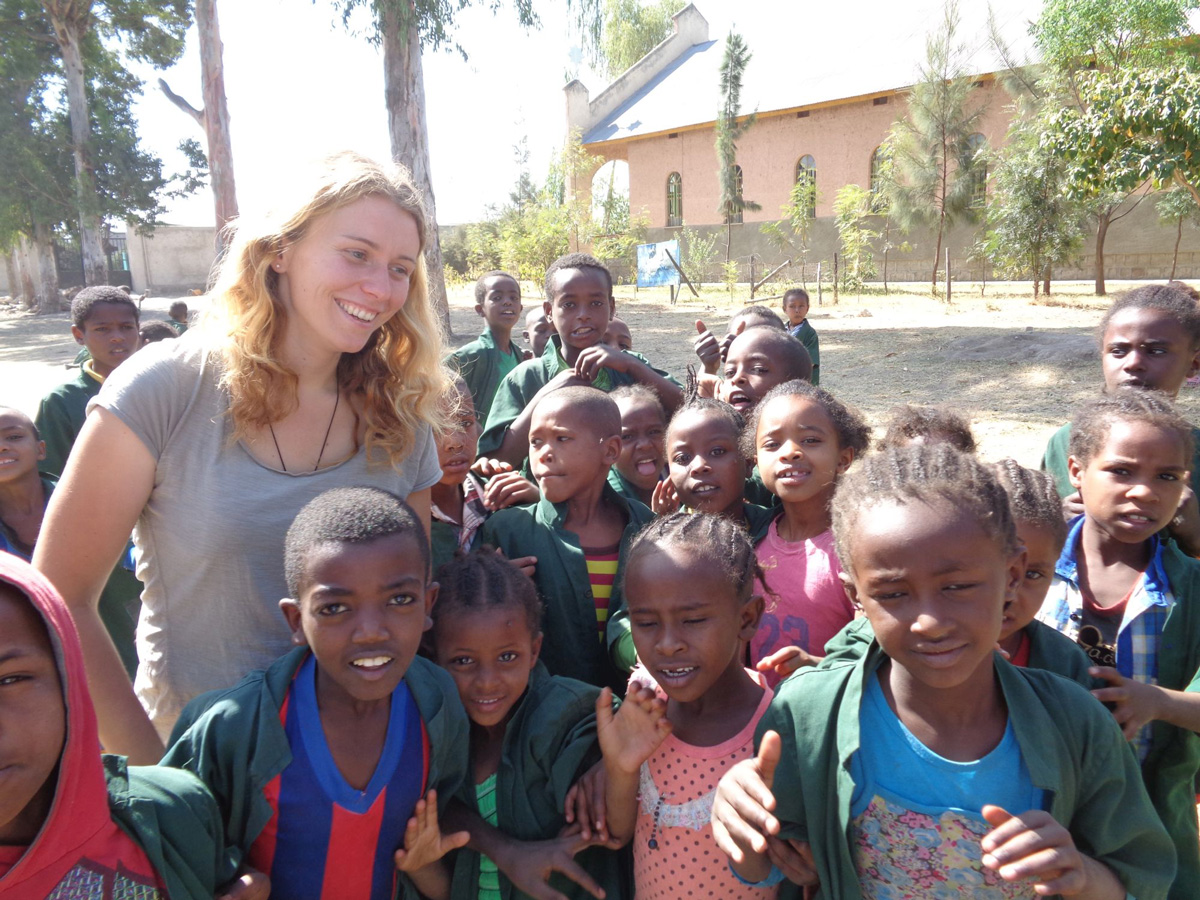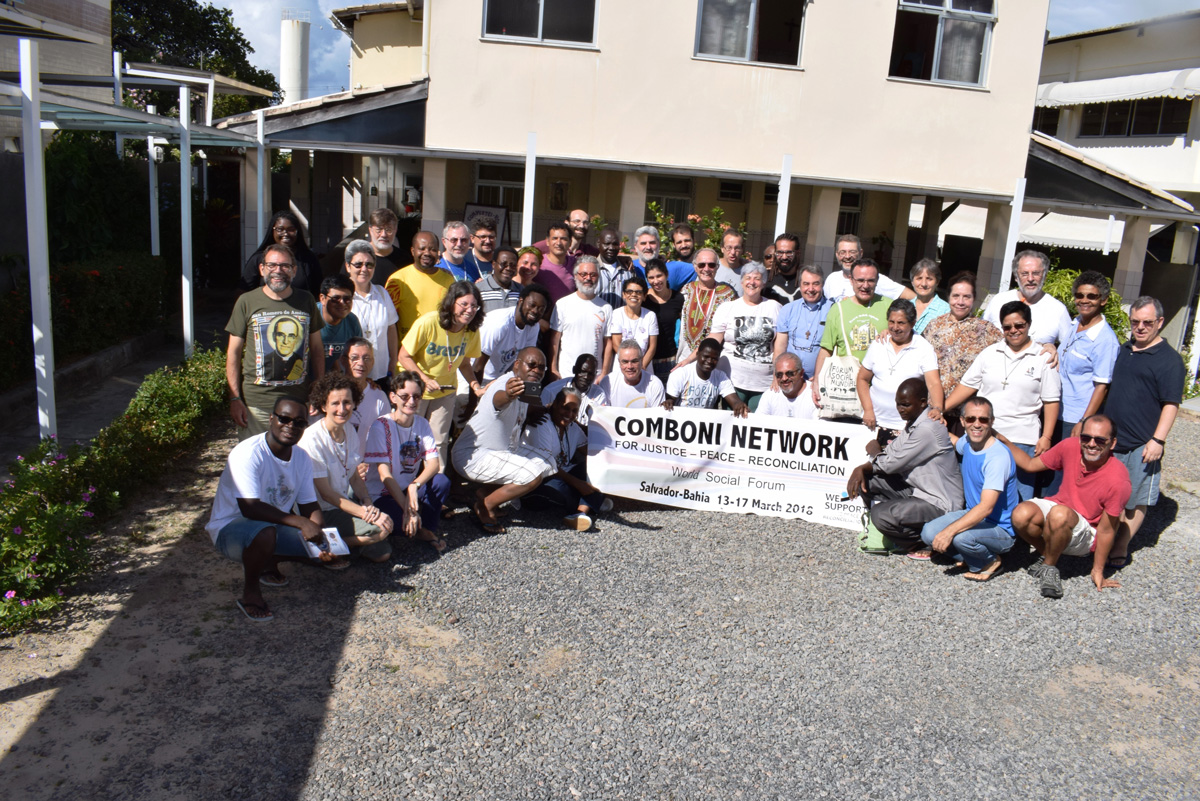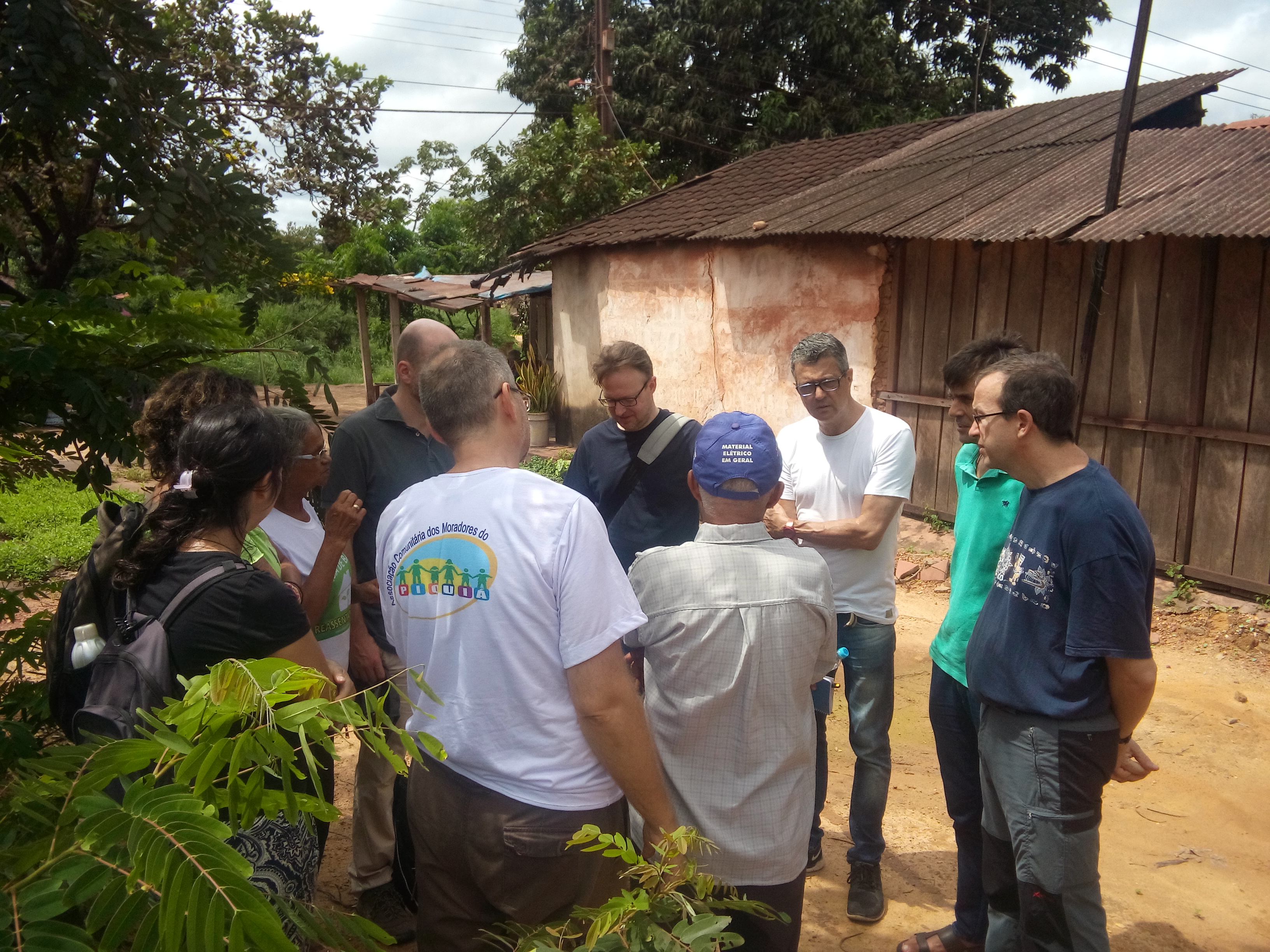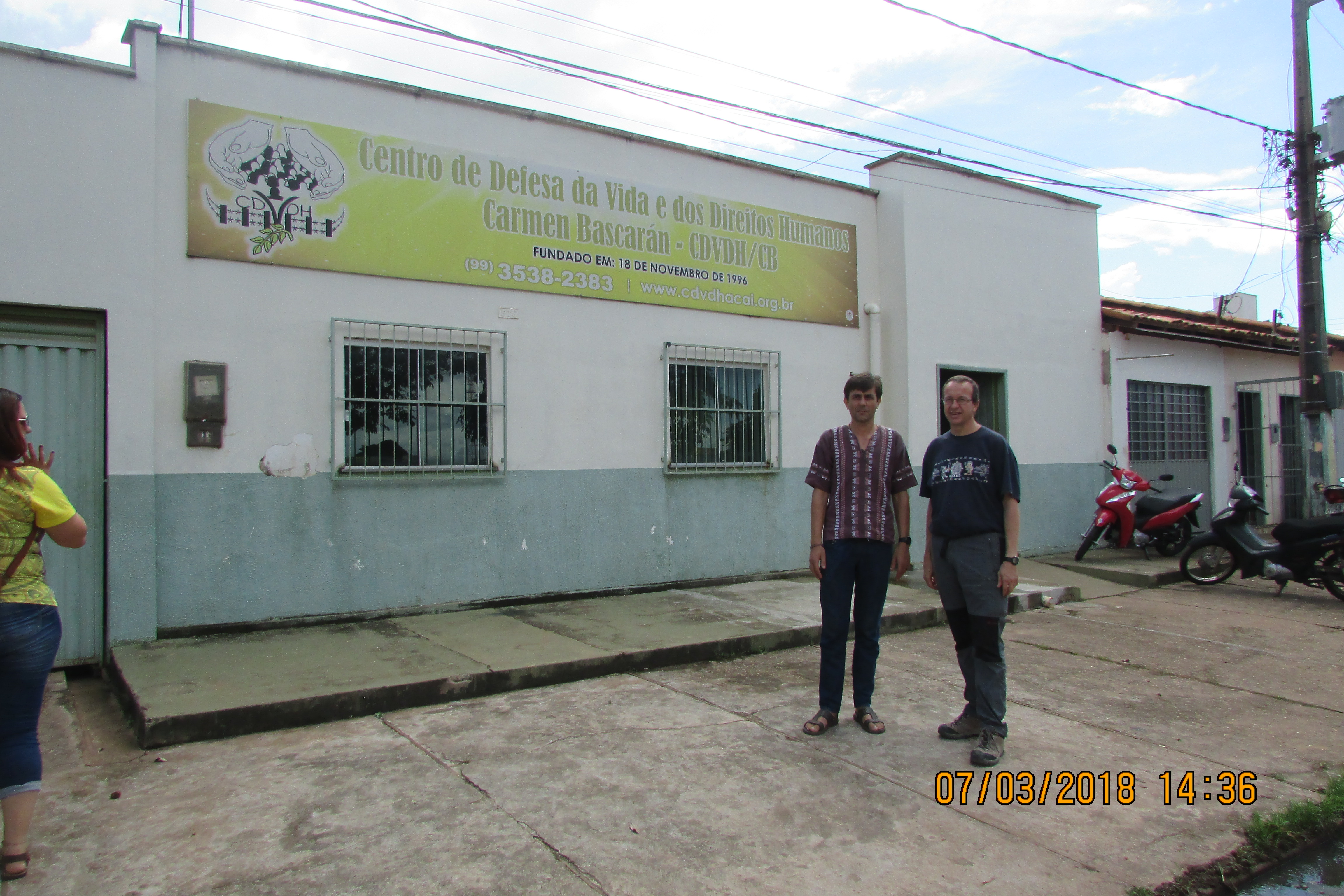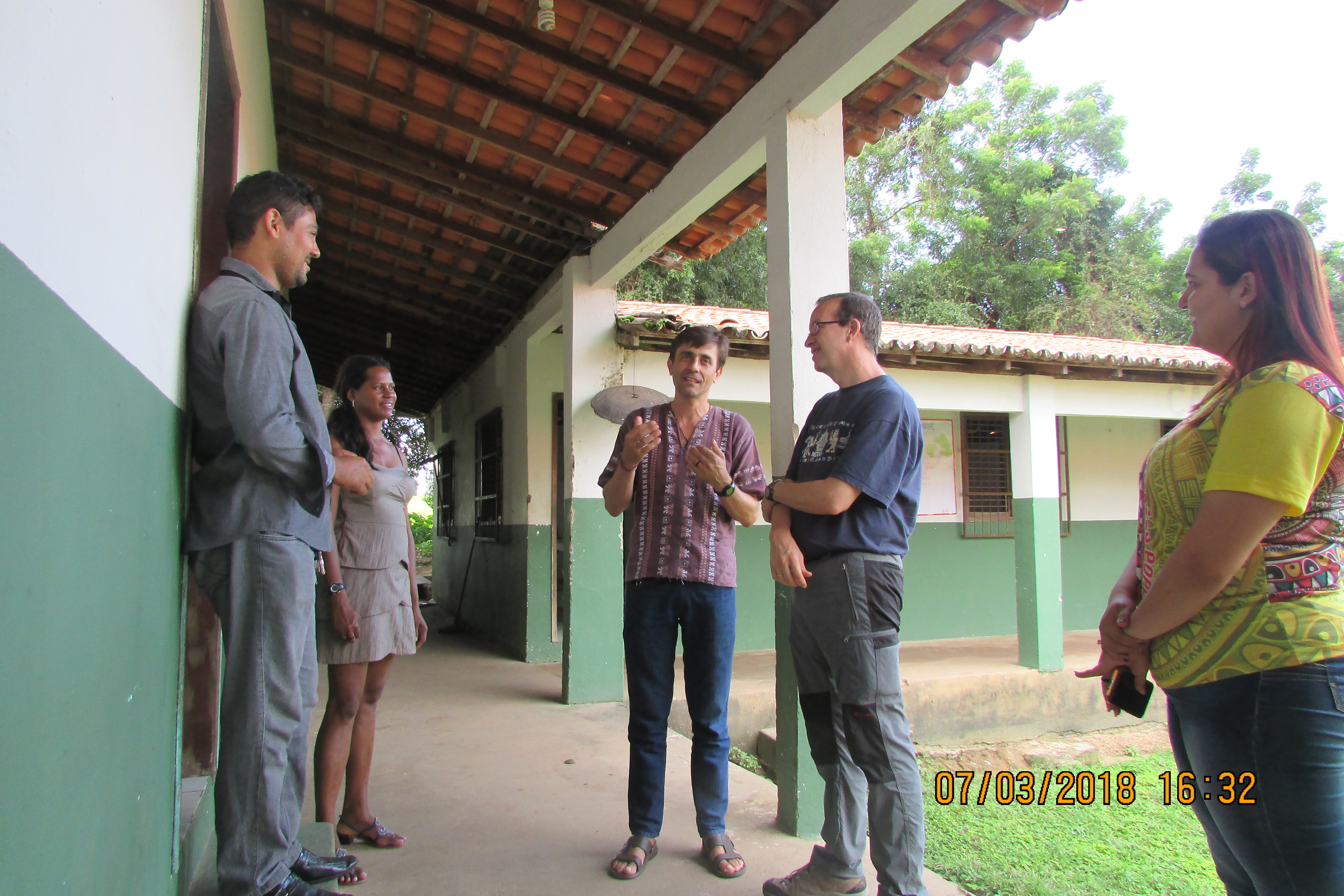I’m about to go back to Poland from my mission in Ethiopia. A great part of my service was teaching children in two kindergartens. I taught them English. The schools belong to the Missionaries of Charity (Sisters of Mother Teresa of Calcutta). The first year of my teaching I was more focus on learning than teaching. I observed what other teachers were doing. I simply used to go to school and teach the children what came to my mind or what I found in the Internet. First year sometimes I was really frustrated with the situation in the school, especially with the attitude of the teachers. Some of the teachers prefer to sit all the class doing nothing, while the students repeat alphabet 100 times and even don’t recognize the letters. I could give many examples like this. I tried to talk to the coordinator of the schools and later also to the Sisters. However none of them hoped to change anything. They knew how they work, they tried to talk to them, to organize a training with psychologist, but nothing has changed.
However I still wanted to work with them. Last year I started to organize teachers’ training every other week (one Friday in one school, the next week in the another school). Before every training I had to prepare some materials. I learned a lot to be able to share this knowledge with others. I still worked with the children, however at the beginning I prepared the English program for the whole year. I included many games, songs, various techniques and activities so the children had more fun and were motivated to study. Even when I didn’t have a lesson, the teachers should still follow the program and report what they did. I changed my schedule to be able to have similar number of lessons per week with each group in both schools.
I wish I could change something, especially the attitude of the teachers. I’ve learned one very important thing about motivation. Those who daily struggle to satisfy the basic needs of them and their families usually are not motivated to serve others, to do the good work for the society. Somehow it is psychologically justified. Only God can give the motivation beyond that. Some of the teachers really care for the children and their future, for the efficacy of their teaching. I’m sure that it’s God’s influence.
If the teachers don’t have any motivation coming from inside then they might be motivated from outside. That’s why I’m struggling now to arrange the implementing of the new evaluating system. Up to now, all the workers are very free to do what they want because there are no many consequences of that. If they work hard or are lazy, nothing changes. So now first of all, I’m trying to encourage the coordinator and the Superior Sister to prepare the new system and implement it.
My work at school was evoluting while I was also developing my knowledge, skills and way of understanding. I know that the most important was not the knowledge I shared with the students or the teachers, but my presence. I’m aware that the children are too little to remember the English vocabulary in the near future. But surely they will remember me as someone who gave them joy and love. If I managed to teach the teachers something useful then it would be for the good of the children. The attitude is the most difficult to change. If there is a little improvement, I give the glory to God, because only He is able to renew the people’s heart.
My presence in the schools was a great lesson to me. I learned a lot not only about the profession of teacher and methodology, but also about the culture, about the people, their needs, their thoughts. Now I can understand them better. I know my perspective is different. I’m not frustrated anymore. I don’t judge them. I tried my best. The rest of the work I leave to God.
So… Who have learned more: the students, the teachers or I? I would say that I… But God knows… I think we all have learned something.
Magda Fiec, CLM Ethiopia




